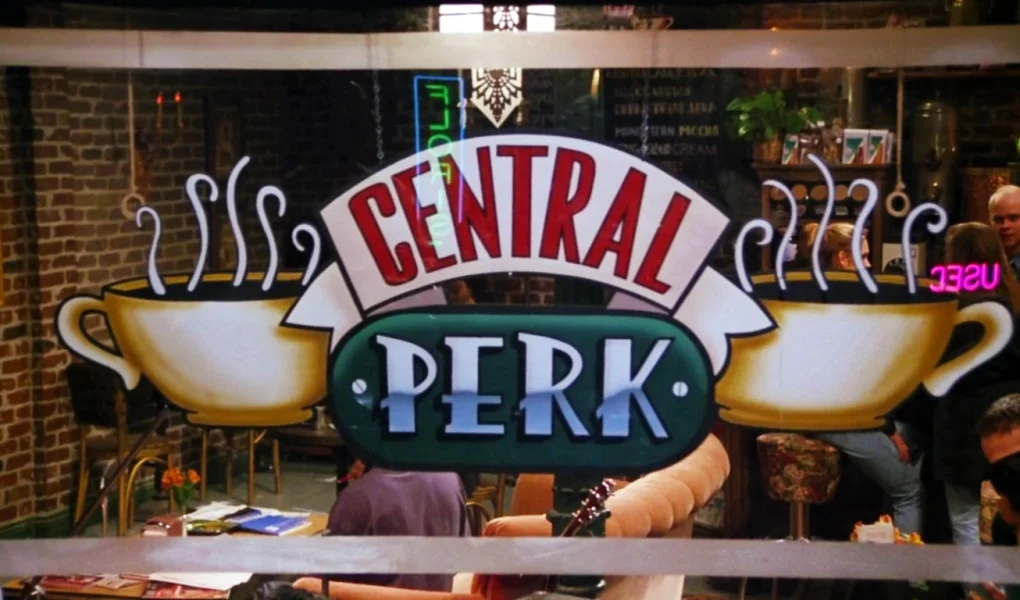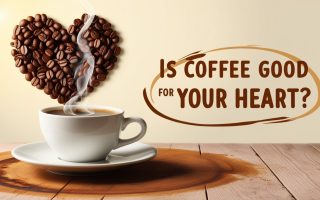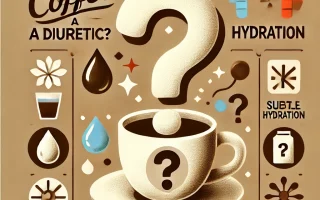Coffee’s Role in Pop Culture
There’s something universally comforting about coffee. It’s not just a drink—it’s a ritual, a conversation starter, and, often, the silent co-star of some of the most memorable scenes on screen. Whether it’s shared between friends at a cozy coffee shop, held as a prop in moments of deep thought, or simply sipped as part of a character’s daily routine, coffee has a way of grounding scenes in reality while adding layers of meaning.
From sitcoms to classic films, coffee has been used to symbolize everything from connection to chaos. It’s there when characters need a moment to reflect, a reason to gather, or a way to ease tension in a high-stakes situation. On screen, coffee isn’t just a beverage; it’s a cultural symbol, representing the pace of modern life, the comfort of routine, and sometimes, the calm before the storm.
In this article, we’ll explore the iconic moments in film and television where coffee plays a starring role. From the buzzing energy of a coffee shop to quiet, introspective sips, coffee has become a visual and emotional marker of key moments in pop culture history.
The Coffee Shop as a Cultural Hub
In pop culture, the coffee shop is more than just a place to grab a quick cup of caffeine—it’s a gathering spot, a backdrop for meaningful conversations, and sometimes, the very heart of a story. Whether characters are bonding over cappuccinos or plotting their next move with an espresso in hand, coffee shops have become iconic settings that reflect the pulse of modern life.
Friends gave us one of the most famous coffee shop settings of all time with Central Perk. This cozy café became the unofficial headquarters for the six friends, where they laughed, cried, and navigated life’s ups and downs. The coffee shop wasn’t just a background—it was a space that reflected the importance of community, where each cup of coffee seemed to bring the characters closer together.
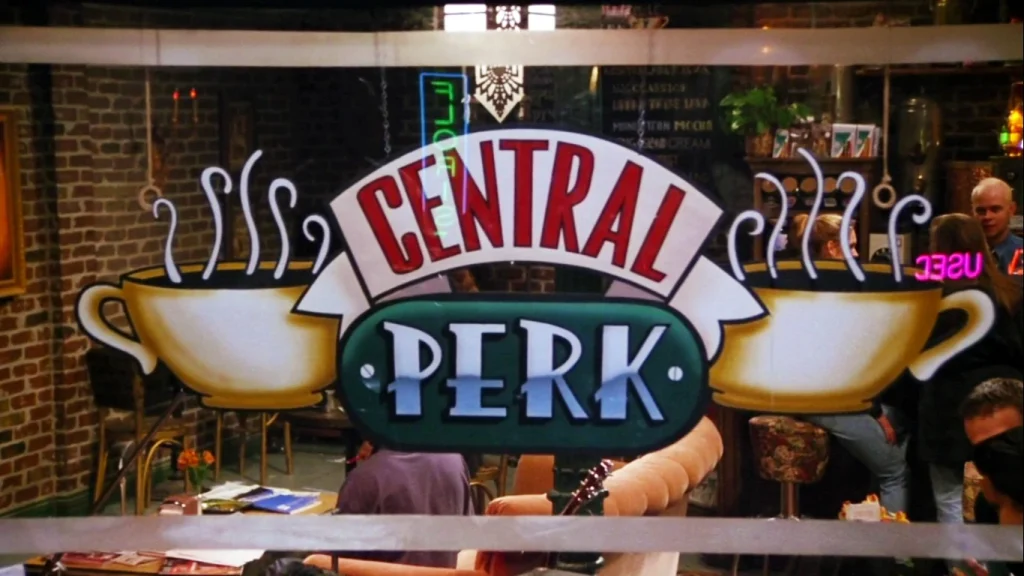
In Gilmore Girls, Luke’s Diner became a sanctuary for Lorelai and Rory, with coffee serving as their lifeline. For them, coffee wasn’t just a drink, it was a vital part of their fast-talking, witty bond. Luke’s Diner wasn’t just where they fueled up; it was where some of their most heartfelt and humorous conversations happened.
Meanwhile, Frasier brought us Café Nervosa, where intellectual banter over lattes was the norm. For Frasier and Niles, the coffee shop was a place for reflection, debate, and, often, comedic misunderstandings. It captured the urban sophistication and the coffee-centric culture of the ’90s, where a cup of coffee was often paired with a deep discussion about art or philosophy.
These coffee shops became cultural hubs in their own right, not just as settings but as symbols of connection, friendship, and daily life. They remind us that sometimes, it’s the simple act of gathering over a cup of coffee that makes the biggest impact on screen—and in life.
Iconic Coffee Scenes in Film
Some of the most unforgettable moments in film feature a simple cup of coffee. Whether it’s adding tension to a scene or giving characters a chance to pause, coffee has become a visual anchor in many iconic films. It’s more than just a prop—it’s a storytelling tool that adds depth and texture to memorable scenes.
The endlessly quotable Pulp Fiction is packed with lines that stick in your head, and one of the most memorable comes in a scene filled with dark humor. Hitmen Jules (Samuel L. Jackson) and Vincent (John Travolta) find themselves in Jimmy’s living room (played by Quentin Tarantino), after an accidental killing leaves them in need of a place to hide the body… as one does. Jimmy isn’t thrilled with the mess they’ve brought into his home, but at least he brews a mean cup of ‘gourmet’ coffee, which Jules praises in his unmistakably colorful, and expletive-laden, style.
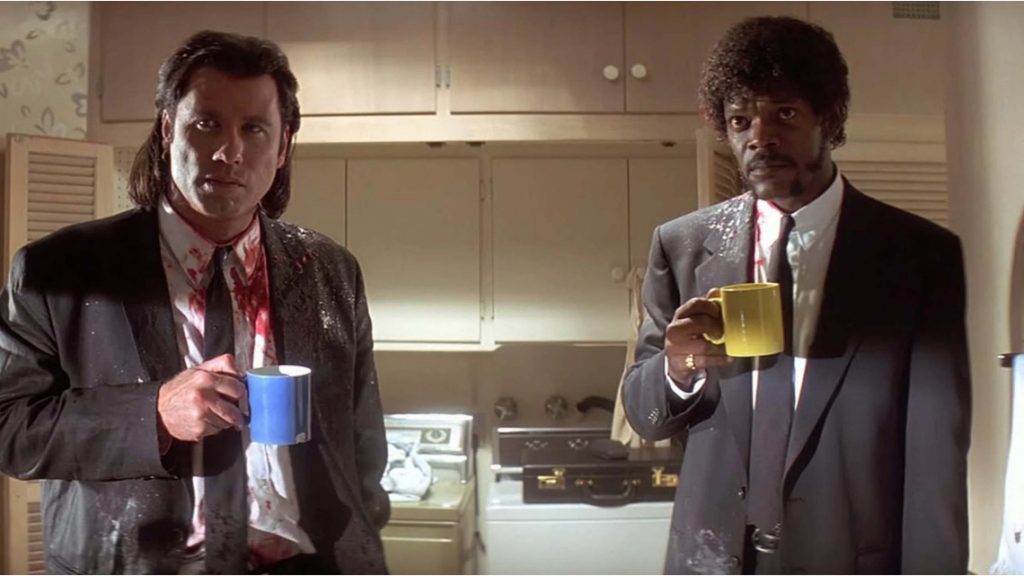
Heat (1995 film): One of the most iconic scenes in cinematic history, and it just so happens to revolve around both coffee and a coffee shop. Even after 29 years, the intensity of the moment remains undiminished as criminal mastermind Neil McCauley (Robert De Niro) finally comes face to face with detective Vincent Hanna (Al Pacino). The tension is palpable, with both men expressing mutual respect, despite knowing they’re willing to destroy each other at any cost. This marked the first time Pacino and De Niro shared the screen, and the moment is worth every second of anticipation—even if their coffee cools as they plot their next moves.

In You’ve Got Mail, coffee plays a different role, reflecting the everyday lives of the characters. When Joe (Tom Hanks) and Kathleen (Meg Ryan) stop at their local Starbucks, the scene subtly comments on how coffee culture and modern consumerism have blended into daily life. The choice of coffee order becomes a small but significant way to showcase personality and routine in the larger love story.
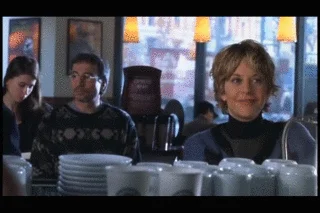
These films use coffee not just as a drink, but as a storytelling device. It adds mood, enhances character, and sometimes even becomes a symbol of deeper themes—whether it’s tension, comfort, or reflection. Coffee, in these iconic moments, helps create an atmosphere that stays with us long after the credits roll.
The Evolution of Coffee in Pop Culture
Over the years, coffee has gone from being a simple, black cup of joe to a cultural symbol of lifestyle, sophistication, and sometimes even indulgence. Its role on screen has evolved right alongside society’s relationship with it, reflecting not just how we drink coffee, but what it means to us.
In earlier films and TV shows, coffee was often portrayed in its most basic form—strong and black, served in a diner or at home, representing routine and comfort. Think of the classic detective trope, where a pot of coffee fuels long nights and hard thinking. Coffee was simple, functional, and part of the everyday.
As society’s love affair with coffee grew, so did its presence on screen. By the ’90s, coffee shops were becoming cultural hubs, and shows like Friends brought the café lifestyle front and center. No longer just a beverage, coffee became a social glue, with cafés like Central Perk becoming as central to the storylines as the characters themselves. Coffee shops became a place not just for caffeine, but for connection, conversation, and community.
Fast forward to today, and coffee on screen often reflects the artisanal and personalized culture we’ve built around it. Characters are no longer just grabbing a cup of coffee—they’re ordering intricate lattes or cold brews that reflect their tastes, preferences, and sometimes, their social status. Films like You’ve Got Mail subtly comment on how ordering coffee has become its own form of expression, showing how even something as simple as a morning coffee order has taken on new meaning in modern life.
This evolution mirrors how coffee culture itself has changed. From a humble, functional drink to a statement about lifestyle and personality, coffee has grown into something more than just a pick-me-up. On screen, as in life, it’s become a symbol of the times—always evolving, always reflecting the culture around it.
